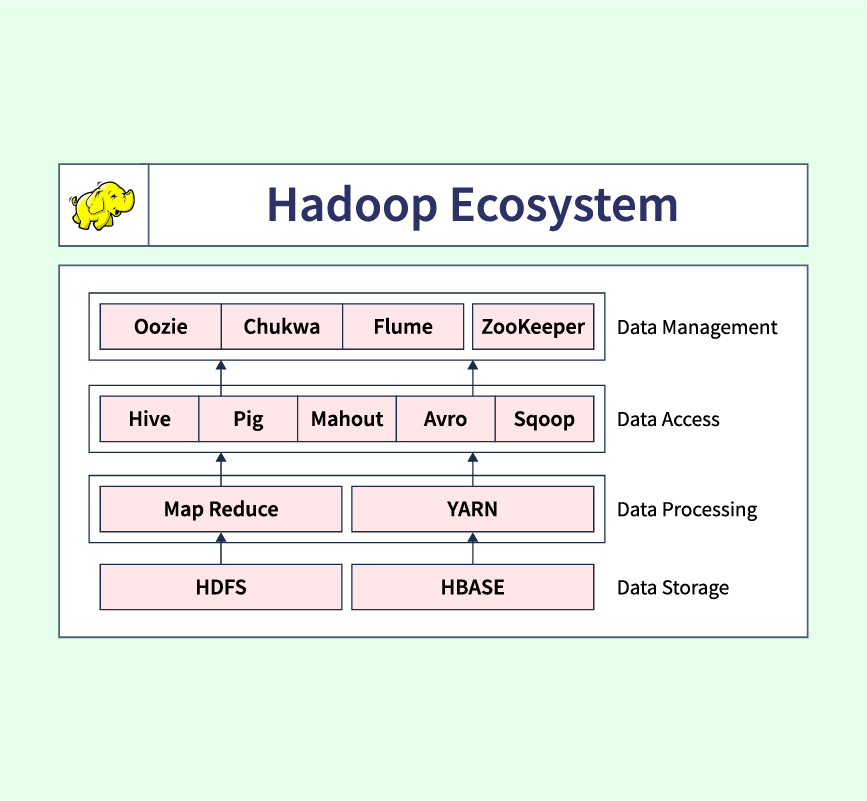In today’s data-driven world, data analytics plays a crucial role in helping businesses make informed decisions. The data analytics life cycle outlines the step-by-step process used to extract actionable insights from data. Each phase of this cycle ensures that raw data is transformed into meaningful insights for effective decision-making.
Data Analytics Lifecycle
The data analytics life cycle consists of multiple phases that guide analysts through data collection, processing, and deriving insights. Each phase is critical for ensuring accurate, valuable, and actionable results.
Phase 1: Discovery
- Define the business problem or objective to be solved.
- Identify the scope of the data analytics project.
- Determine the relevant data sources (internal and external).
- Collaborate with stakeholders to clarify objectives and requirements.
- Assess available resources, including data, tools, and team expertise.
Phase 2: Data Preparation
- Collect data from various sources like databases, APIs, and spreadsheets.
- Clean the data by handling missing values, removing duplicates, and correcting inconsistencies.
- Transform and format data to make it suitable for analysis.
- Ensure data is standardized and normalized where necessary to maintain consistency.
- Conduct data profiling to understand data distributions, types, and patterns.
Phase 3: Model Planning
- Select the variables (features) most relevant to solving the problem.
- Choose appropriate algorithms (e.g., regression, clustering, classification) based on the problem type.
- Develop a roadmap for the modeling phase, outlining how the data will be used.
- Create an initial hypothesis about how the model will behave with the chosen data.
- Use exploratory data analysis (EDA) techniques like correlation matrices and scatter plots to understand relationships in the data.
Phase 4: Model Building
- Build models using the selected algorithms and the prepared dataset.
- Train models by feeding them the training dataset to allow them to learn patterns.
- Use a test dataset to validate model performance and avoid overfitting.
- Iterate and refine the model by adjusting parameters for better accuracy.
- Use cross-validation techniques like K-fold validation to ensure robustness.
Phase 5: Communication of Results
- Visualize results through charts, graphs, dashboards, and other visuals to make insights understandable.
- Present key findings to stakeholders in a concise, actionable format.
- Summarize the insights derived from the data and explain how they align with business goals.
- Provide recommendations on actions based on the data analysis.
- Prepare a comprehensive report that includes all aspects of the data analysis process, findings, and conclusions.
Phase 6: Operationalize
- Deploy the model into production environments, integrating it into business processes.
- Automate tasks like decision-making or predictions based on the model’s insights.
- Continuously monitor model performance to ensure it remains accurate and relevant as new data becomes available.
- Update or retrain the model as needed to accommodate changing data trends.
- Document the deployment and maintenance processes to ensure long-term usability.
Source: Medium
Conclusion
The data analytics life cycle is a comprehensive process that guides professionals from the initial discovery phase to the final operationalization of insights. Each phase plays a critical role in ensuring that raw data is transformed into meaningful insights that drive informed decision-making. Starting with understanding the business problem, moving through data preparation, model building, and finally deploying the results, the life cycle ensures a structured approach to data analysis.
By following this systematic process, organizations can harness the power of their data more effectively, reduce errors, and make more accurate predictions. Additionally, continuous monitoring and updating of the models ensure that the insights remain relevant in a rapidly changing data landscape. Whether you’re working on small-scale data projects or large enterprise analytics initiatives, understanding and applying the phases of the data analytics life cycle is key to achieving success and gaining a competitive edge in today’s data-driven world.
References:


